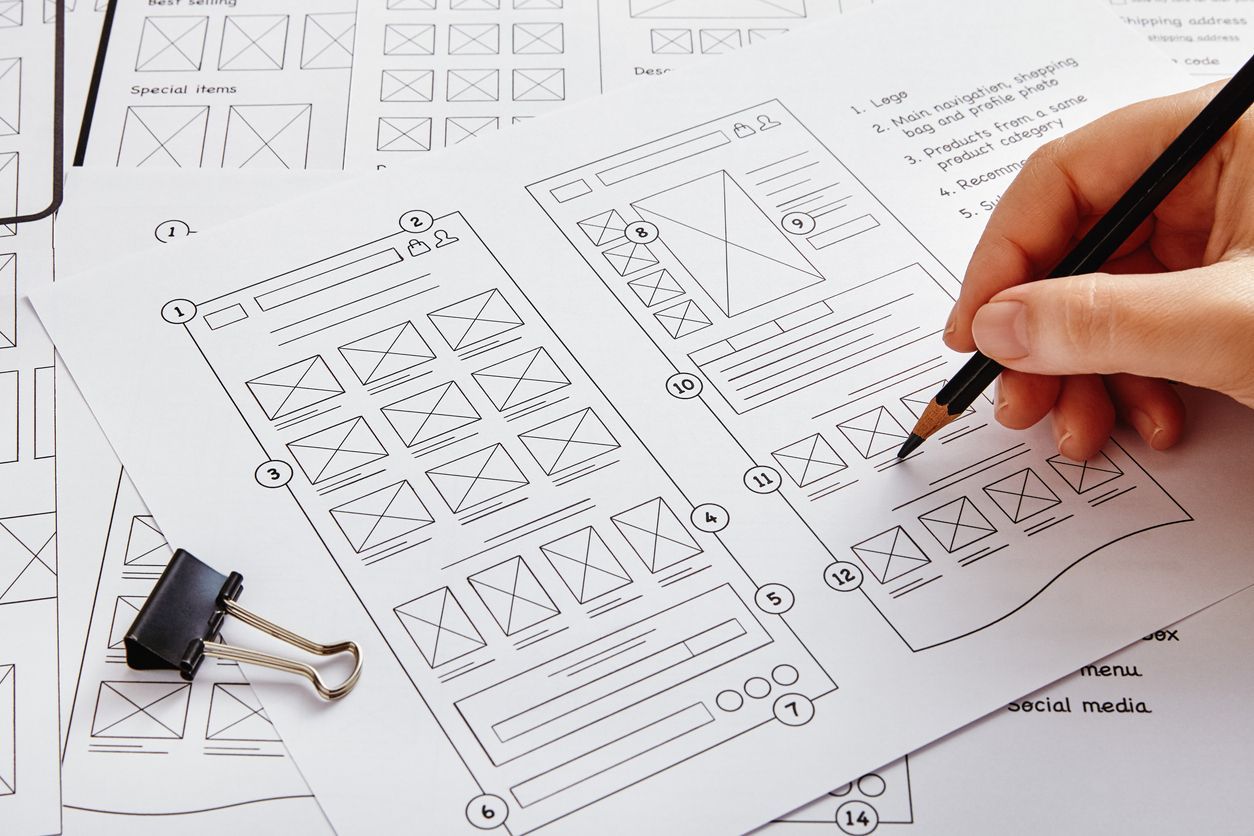What is Design Thinking?
Design thinking is a process that can help your business in many ways. It helps you to understand your users and develop empathy for them, which can lead to more innovative solutions.
The design thinking process is also non-linear and iterative, which means that you can keep refining your ideas until you find the best solution. In this post, we will discuss what design thinking is and how you can use it to improve your business!
What Is Design Thinking?
Design Thinking is a human-centered approach to problem-solving that begins with the user. It's most useful when tackling issues that are poorly defined or unknown. There are five stages in the method: Empathize, Define, Ideate, Prototype, and Test.
The foundation of Design Thinking is empathy for the people we’re designing for. We observe them and develop an understanding of their needs and wants in order to identify what it is they truly need or want from our product or service.
Design Thinking is about gaining a thorough understanding of the people for whom we're creating products or services, and it revolves around a passionate interest in learning more about them. It aids us in recognizing and developing empathy for the target user.
5 Phases of Design Thinking
There are several different variations of the Design Thinking methodology in use today, each with its own set of phases, stages, or modes. Despite the many forms that it takes, however, all versions of Design Thinking have a lot in common. It consists of five steps: empathize, define, ideate, prototype, and test.
During the Empathy phase, you work to understand your users and develop empathy for them. This can help you create better solutions that are more in line with what your users want or need.
The Define phase involves defining the problem that you are trying to solve. You may have a general idea of what the problem is, but it’s important to get specific so that you can focus on developing a solution.
In the Ideate phase, you come up with as many ideas as possible to try and solve the problem. You want to be creative and think outside the box to come up with innovative solutions.
The Prototype phase is where you take the best ideas from the Ideate phase and start to create prototypes of those ideas. This allows you to get feedback from users early on so that you can make changes if needed.
Lastly, in the Test phase, you test your prototypes with users to see how they respond. This helps you determine whether or not the solution is actually solving the problem.
The five phases, stages, or modes are not always in a chronological sequence. They do not have to follow any sort of pattern, and they may often run alongside and repeat iteratively.
As a result, you shouldn't think of the phases as a linear hierarchy or process. Instead, consider it an overview of the modes or phases that contribute to an innovative project rather than a step-by-step guide.
Why is Design Thinking Important?
Design thinking can help your business in a number of ways, including:
- Helping you to better understand your users and what they want or need
- Challenging assumptions and redefining problems
- Developing innovative solutions that can be prototyped and tested
- Improving team collaboration and creativity
In short, design thinking can help you develop products and services that are user-focused and solve real problems. It's an important tool to have in your arsenal when it comes to innovation and problem-solving. And it's something that more businesses should be adopting. If you're looking for a way to improve your business, then design thinking is a good place to start.
What Tools Do I Need For Design Thinking?
Design thinking is a versatile process that doesn't require any specific tools. However, there are some tools and resources that can be helpful when undertaking design thinking:
This online resource offers templates, examples, and tutorials on how to use design thinking in your business. It's a good place to start if you're new to the concept.
These cards offer step-by-step instructions for using different aspects of design thinking. They're a handy tool to have on hand when you're working on a project.
Design Thinking Online Courses
If you're looking to gain a more in-depth understanding of design thinking, there are several online courses available. These can be helpful if you want to use design thinking in your business or want to teach it to others.









